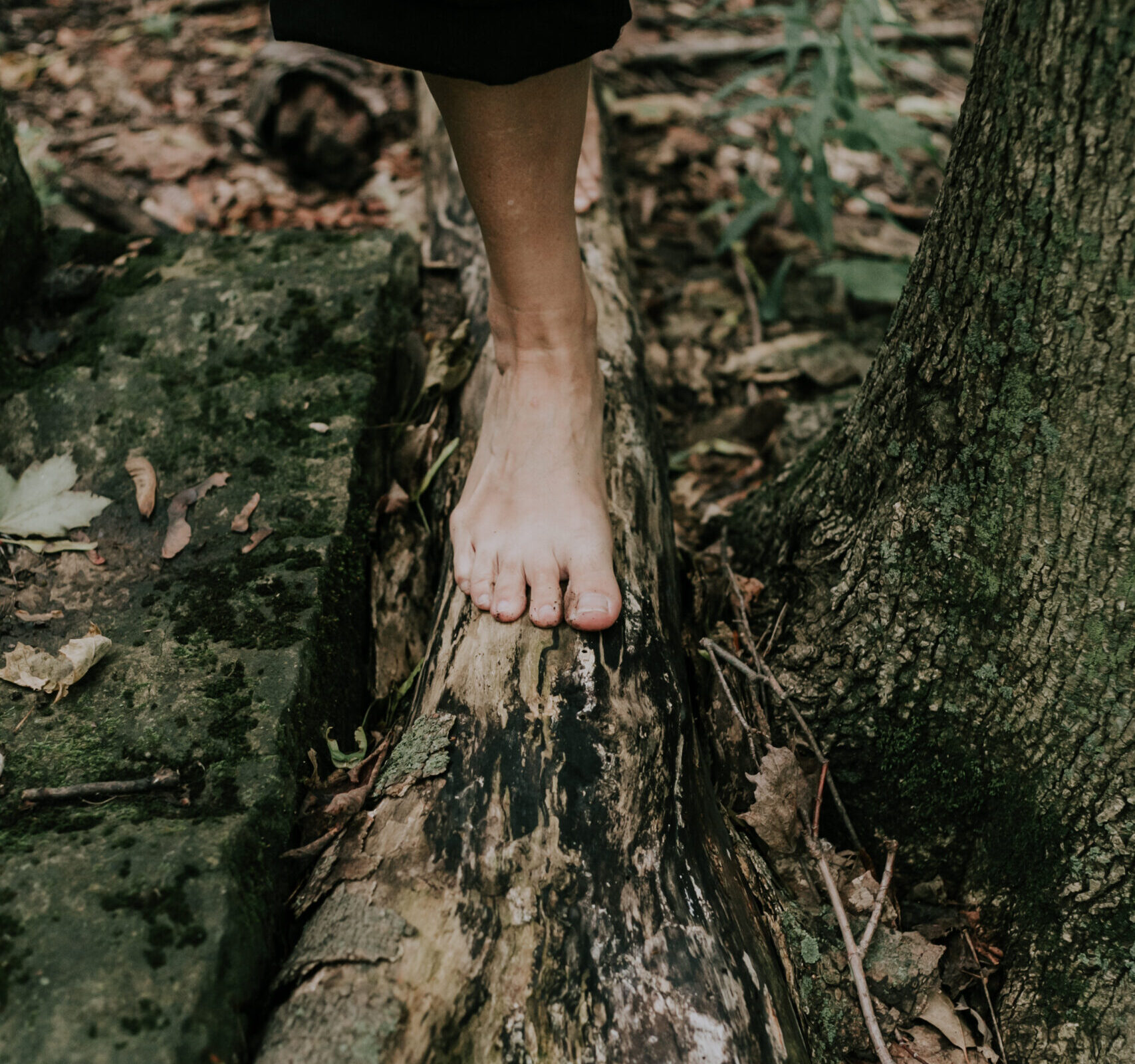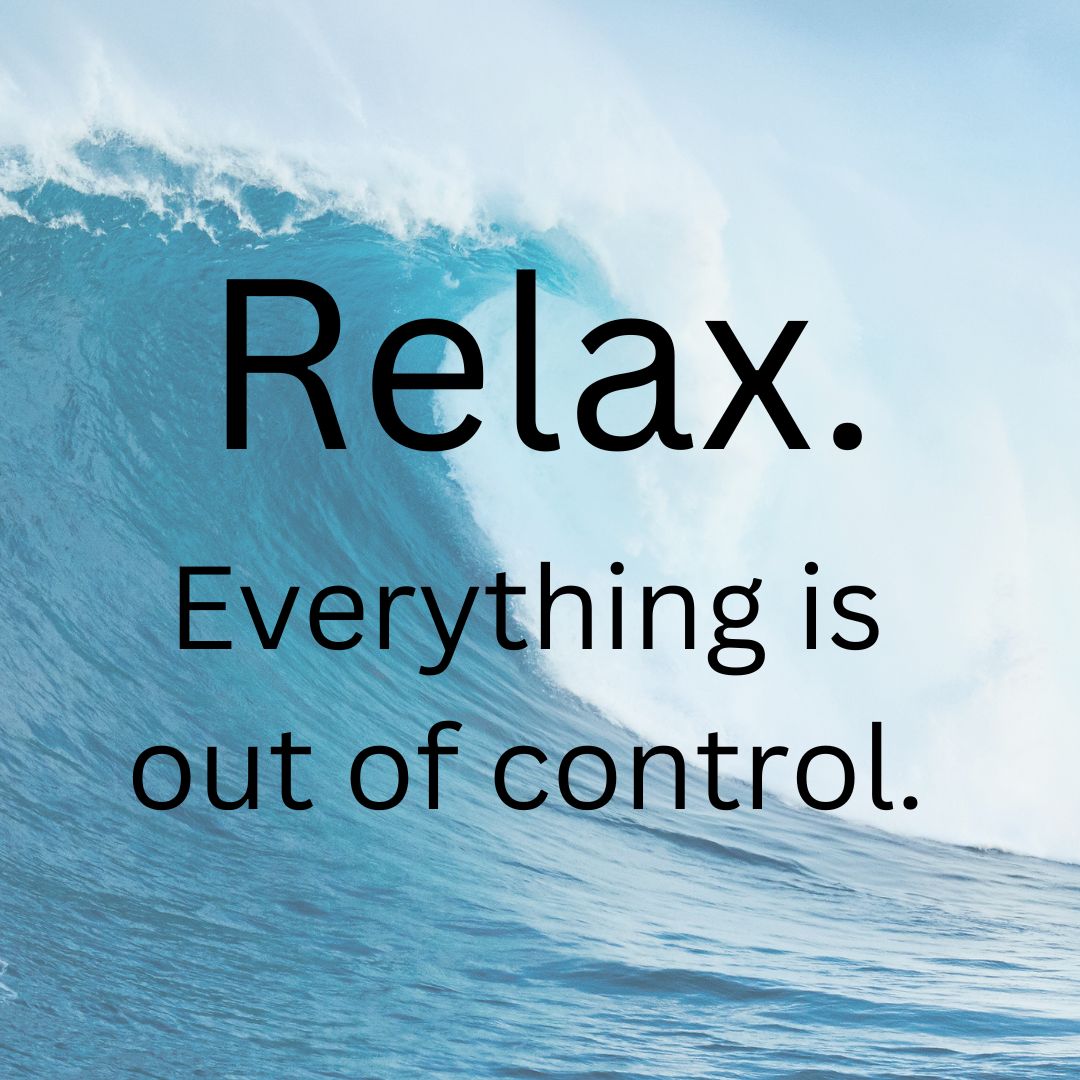I’ve been thinking a lot about balance lately – not just in terms of standing on one leg, but in life. What is a balanced life? Do you feel like your life is balanced? What are the elements involved in finding life balance? Work, play, activity, rest, nutrition, relationships, finances, sleep… There are lots of variables to toggle in the 1,440 minutes we’re given each day!
I think it’s probably easier for most of us to describe the feeling of being out of balance than the feeling of having found balance. How can you tell when things are off-balance in your life? What happens to tell you some tweaking is necessary?
I recently felt off-balance when making a decision about adding something new to my schedule, and I wondered what I could learn about balance by looking at it from a movement perspective. What exactly was I sensing that made me identify balance as an issue? Could the elements of physical balance translate to other areas of life? Can the principles I work with in movement guide the choices I make in those other parts of my life? After all, the same nervous system guides both mind and body, acting as an interface between me and the world, operating both voluntarily and involuntarily to keep me safe and sound.
From a movement perspective, there are a few elements necessary for balance:
- Connection to the ground or supporting surface
- Stability and mobility in bones, joints and connective tissue
- Proprioception – the ability to sense where one is in one’s environment, as well as the ability to sense internally
If you’ve ever tried to balance and paid attention to what you’re feeling, you’ve realized that balance isn’t static. Try it now. Take off your shoes, socks or slippers and stand with one foot in front of the other, on an imaginary balance beam. (Have one hand on a chair or wall beside you if you’re worried about falling) It won’t be long before you feel some of the countless micromovements your body makes to keep you upright. Try to stop them – do you feel how that makes it more difficult to balance?
Balance requires not only the individual elements that I listed above, but the ability to continuously adapt to all of the adjustments your body makes. This adaptability depends on relationships, and awareness of the relationships. Feeling your body as a connected whole, instead of a bunch of bones and muscles stuck together helps. So does feeling your body connected to your environment through all of your senses. Take a minute or so right now to walk around your room and feel the ways that movement travels through your body; become more aware of the touch of air on your skin; open your ears to the sounds around you; breathe through your nostrils, perceiving the smells present; let your gaze be soft, taking in more of the room around you. Now come back to your imaginary balance beam, gently bringing your awareness of these sensations with you.
Would it be strange to consider moving along with those micromovements that take place as your body and nervous system continue to adapt to your circumstances? To experiment with moving arms, hips, knees and ankles, finding a way to make this balancing act more of a flow state?
How does this shift balance for you?
Is balance stillness or movement?
Is it a place you get to, or an ongoing process?
I think the most important tool in balancing, in any aspect of life, is the ability to feel – to sense what’s working well, where things are strong and fluid, and where there is vulnerability, where things are weak or a bit stuck. Sensing is a superpower, but to use it we need to welcome whatever sensations are showing up in each moment, not just the enjoyable ones. Our choices need to be guided by what we’ve learned from our experiences as sensing beings. And in the process of feeling, learning and stumbling, we need to offer ourselves as much grace and love as we do the people who are most important to us.
Although we may seek balance, it’s never a final destination. We each move toward balance differently, depending on our constitution and the unique unfolding of our individual lives. We will never get there fully and completely; something is always shifting. Maybe getting there isn’t the point. Maybe it’s more important to practice listening, to get comfortable with loose ends and uncertainty, trusting that the dynamic part of balancing means there’s always something to feel, something to learn, somewhere to go.

Want to learn more about balance (the standing on one leg kind)?
This article describes how your ability to balance affects your longevity and quality of life. And yes, no matter how old you are, you can improve your balance!
Want to grow your ability to get comfortable with loose ends and uncertainty?
Mindfulness meditation is an effective way to get to know yourself better and grow your comfort zones. Wherever You Go, There You Are by Jon Kabat-Zinn was published almost 30 years ago and has become a classic guide to mindfulness meditation. Kabat-Zinn, a pioneer in Mindfulness-Based Stress Reduction, writes about mindfulness with simplicity and depth, offering meditation practices, illuminating quotes and anecdotes, and advice for the inevitable challenges along the journey.
A more recent book about meditation that I found helpful is Untangled by Koshin Paley Ellison. Paley Ellison is a psychotherapist and Zen teacher who has worked extensively with palliative and end of life care. He draws from his experiences to describe the Buddhist “Eightfold Path” in a way that is both moving and accessible. This book reminded me that joy and beauty can be found even when we are experiencing pain and suffering. It was the nudge that got me back to a more formal mindfulness meditation practice. If you’re on Instagram, follow Koshin Paley Ellison here.




